It’s inevitable that every large government expenditure program will be accompanied by some waste, fraud, and abuse. That especially applies to the massive emergency expenditure bills such as the stimulus funding in response to the economic recession in 2009, the COVID pandemic relief spending in 2020, or the recent infrastructure spending bill in 2021. Coordinated oversight of these kinds of expenditures is therefore essential. This three-part series by Glenn Fine, the former inspector general for the Department of Justice and the acting inspector general for the Department of Defense, explores what we have learned about this fight in the past and what President Biden and Congress should do to deter waste, fraud, and abuse in the recently passed infrastructure spending bill. These articles discuss two previous models of coordinated oversight among inspectors general and the need for a similar model for infrastructure spending and any other future large expenditure programs. In the third article he makes four specific recommendations to enhance such oversight.
When the COVID-19 pandemic spread in March 2020, Congress quickly enacted legislation, the Coronavirus Aid, Relief, and Economic Security Act (the CARES Act), which provided over $2 trillion in funds to address the economic impacts of the pandemic. The CARES Act also created a new oversight mechanism to track and deter fraud in the stimulus spending, called the Pandemic Response Accountability Committee (PRAC), which was modeled after the Recovery Board. The CARES Act specifically identified the inspectors general from nine agencies to serve on the PRAC. The Act tasked the PRAC with supporting efforts to “prevent and detect fraud waste, abuse and mismanagement; and mitigate major risks that cut across program and agency boundaries.”
The CARES Act directed the organization of all federal inspectors general, the Council of the Inspectors General on Integrity and Efficiency (CIGIE), to appoint a chair of PRAC from one of the nine inspectors general identified in the Act. The PRAC chair was required to have experience managing oversight of large organizations and expenditures.
Full disclosure—at the time, I had been serving as the acting inspector general of the Department of Defense for over four years, and on March 30, 2020, I was selected to chair the PRAC. We began organizing the PRAC from scratch, including seeking an Executive Director and staff and building a public website and data analytic tools. We also designated 12 additional inspectors general to serve on the PRAC, including the Special Inspector General for Pandemic Recovery (SIGPR), who was assigned oversight of a portion of the pandemic response funds ($22 billion for loans, loan guarantees, other investments, and other programs established by the Treasury Department). The PRAC also began forming subcommittees of inspectors general to coordinate oversight of fraud, waste, and abuse in the massive CARES Act funding that crossed agency lines.
However, within a week of my selection as PRAC chair, President Trump replaced me as the Department of Defense Acting Inspector General, meaning that I could not serve on the PRAC or chair it. As a result, I only witnessed the organizing of PRAC and its work from afar. Michael Horowitz, who is the Department of Justice inspector general and was also the chair of CIGIE at the time, assumed the role of acting chair of the PRAC, and later became its permanent chair.
Starting up a new organization like the PRAC, hiring its staff, establishing a database and website for CARES Act funds, and rebuilding a data analytics tool were not easy tasks and took significant time and effort. But as the PRAC’s structure, staff, and capabilities were being built, the CARES money was being dispersed quickly to stimulate the economy and provide COVID relief. The PRAC’s oversight lagged behind the dispersal because there was no existing data analytics tool, no mechanisms to ensure that agencies shared accurate data, and no structure in place to ensure coordinated oversight of the CARES Act; thus, there was no ability to hit the ground running as soon as the CARES Act was enacted.
From my vantage point, I believe that the PRAC has taken its difficult responsibilities seriously and done a good job, over time. It built a valuable public website (PandemicOversight.gov) to make transparent the funds spent on pandemic relief, similar to the Recovery Board’s previous website. The PRAC hired an executive director and a deputy executive director. The PRAC also established a hotline for citizens to report potential fraud, waste, abuse, and mismanagement related to the pandemic response.
In addition, the PRAC rebuilt a data analytics tool, the Pandemic Analytic Center of Excellence (PACE), which served a similar function to the Recovery Board’s ROC (Recovery Operations Center). PACE provides data analytics support for inspectors general to deter fraud in CARES Act funding, like the ROC did with Recovery Act funding.
However, collecting accurate data for the PandemicOversight.gov was difficult, like the challenges the Recovery Board faced. The PRAC later commissioned a study that highlighted the gaps in the data provided to the PRAC that affected its ability to provide transparency in pandemic spending.
When another large stimulus bill to address the continuing pandemic was enacted in March 2021 (the $1.9 trillion American Rescue Plan), the PRAC was assigned expanded authority over these funds as well.
In total, the PRAC has responsibility for coordinating oversight of approximately $5 trillion in federal expenditures. The PRAC is also tasked with overseeing $483 billion funded by the Paycheck Protection Program and Health Care Enhancement Act, $15.4 billion under the Families First Coronavirus Response Act, $7.8 billion under the Coronavirus Preparedness and Response Supplement Appropriations Act 2020, and $900 billion under the Coronavirus Response and Relief Supplemental Appropriations Act of 2021.[1]
The PRAC has issued two semiannual reports detailing its work and highlighting many significant investigations by inspectors general in identifying fraud.[2] There has been significant fraud in pandemic relief funds. For example, the Small Business Administration inspector general stated that the magnitude of fraud in the Paycheck Protection Program and Economic Injury Disaster Loans was “unheard of—unprecedented.” Investigations determined that fraudsters created fake companies to submit small business loan applications, then spent the money on jewelry, boats, and other personal expenses. Other small businesses obtained large grants by claiming to have additional workers that were not really employed.
With regard to unemployment benefits funded by the pandemic relief bill, the Department of Labor inspector general estimated that by program end, $87 billion out of $872 billion in COVID unemployment payments could be paid improperly, with a significant portion of the improper payments attributable to fraud.
The oversight of COVID expenditures has been difficult, in light of the vast amount of spending, the speed by which it was distributed, and the lack of adequate existing safeguards or internal controls over the spending. This has made the work of the PRAC, and the inspectors general on it, even more important in seeking to detect and deter fraud, waste, and abuse in the use of these funds and in recovering fraudulent expenditures.
Next: Advice for the Biden Administration and Congress on infrastructure spending
Previous: Oversight of the 2009 Recovery Act
Footnotes
[1] Coalition for Public Integrity report, page 18, footnote 69; PRAC website, Pandemic Oversight – Home | Pandemic Oversight
[2] PRAC Semiannual Report to Congress, April 1, 2021 – September 30, 2021 Semiannual Report to Congress (pandemicoversight.gov); PRAC Semiannual Report to Congress October 1, 2020 – March 31, 2021; Semiannual Report to Congress October 2020 through March 2021 (pandemicoversight.gov).
The Brookings Institution is committed to quality, independence, and impact.
We are supported by a diverse array of funders. In line with our values and policies, each Brookings publication represents the sole views of its author(s).


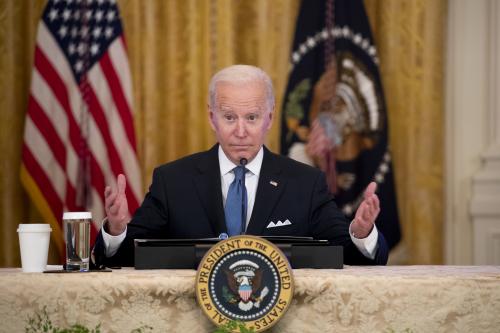
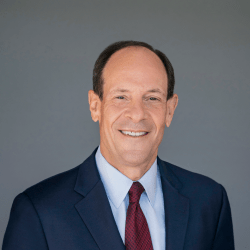
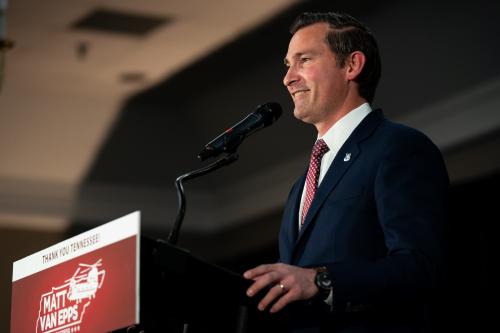
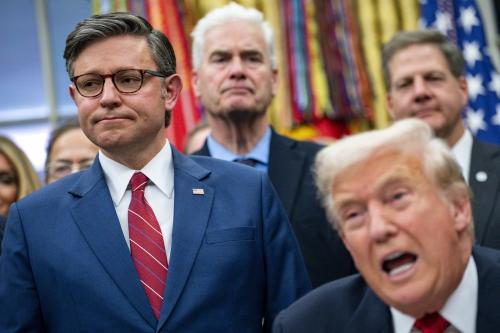
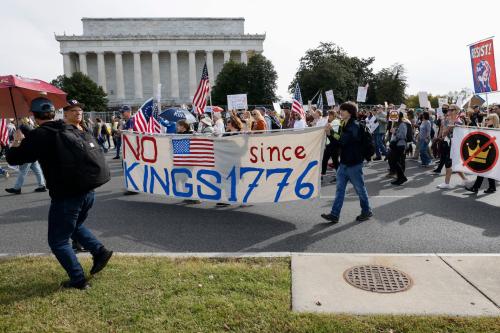
Commentary
Fighting fraud, waste, and abuse—COVID-19 pandemic relief expenditures
February 11, 2022